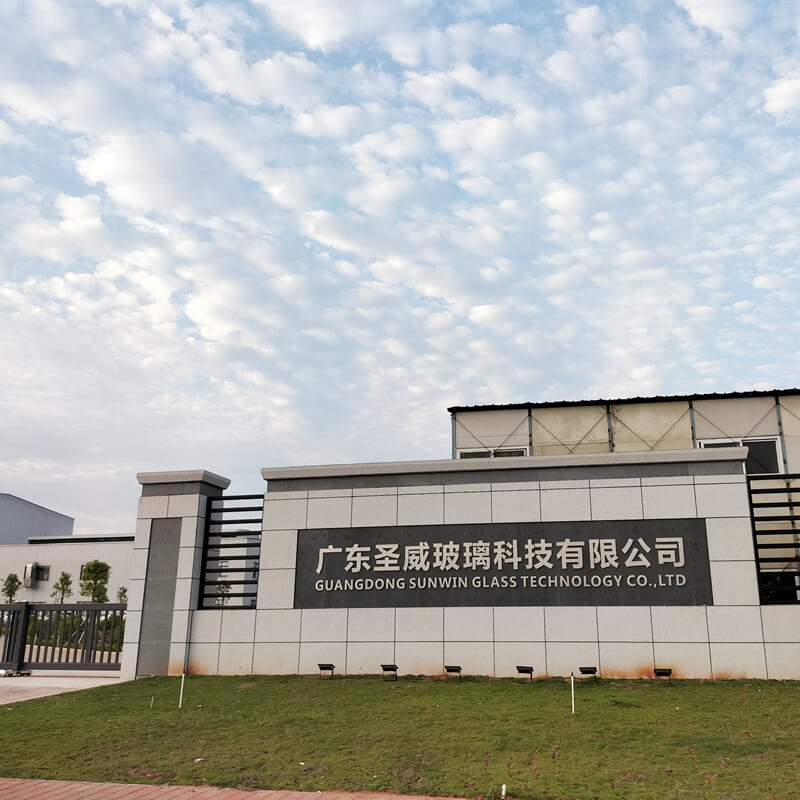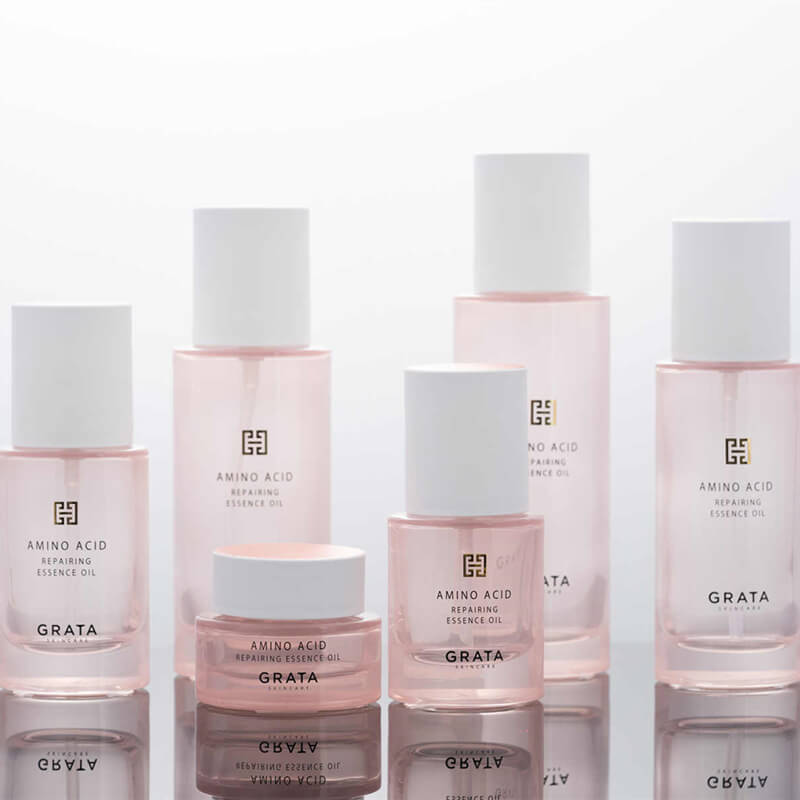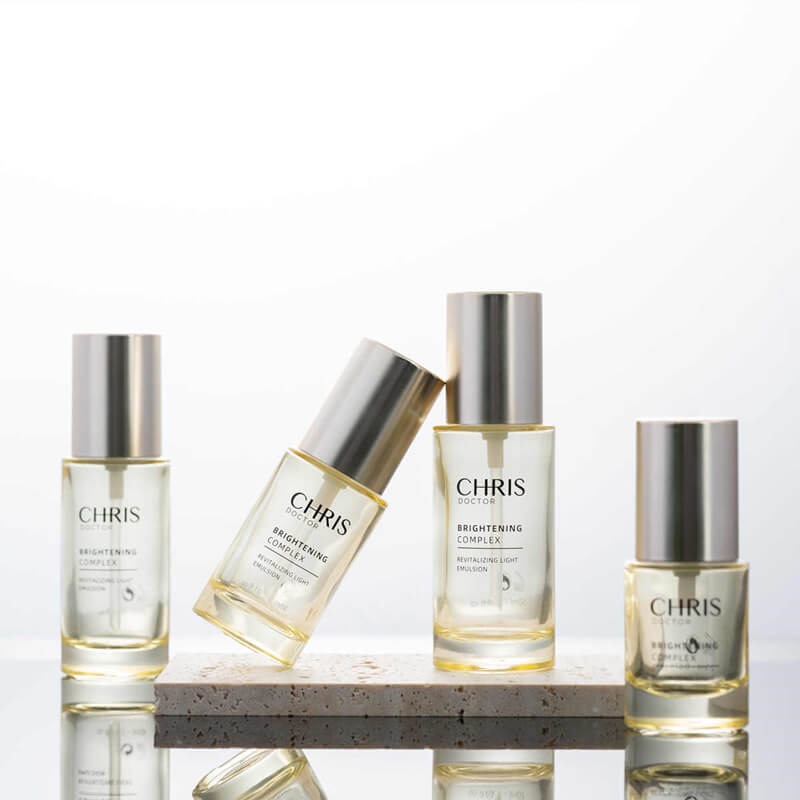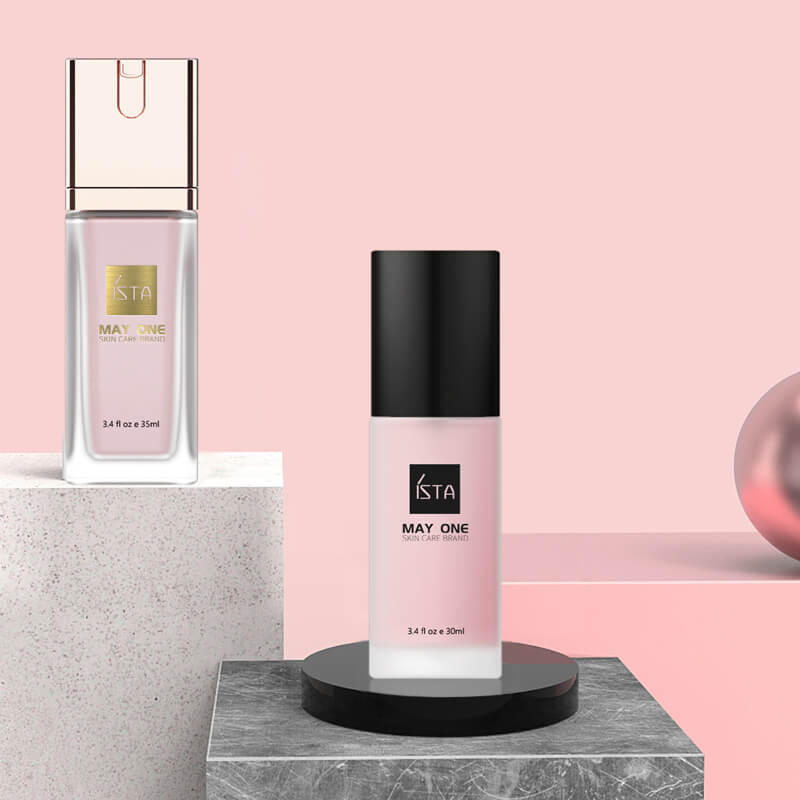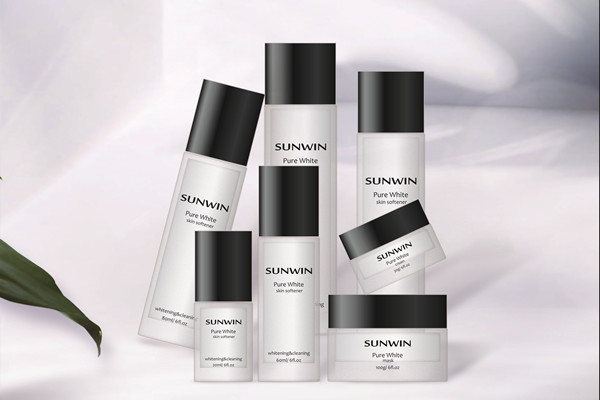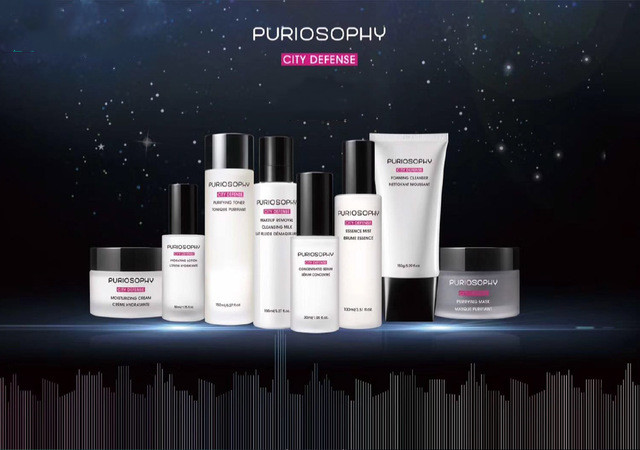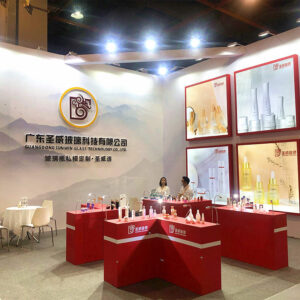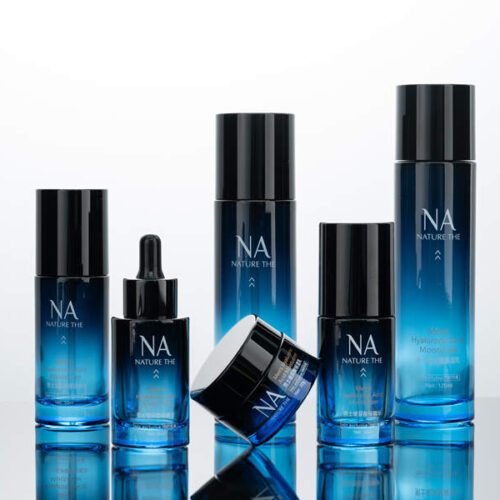Today we are going to talk about how to decorate on the bottle and what kind of packaging processes we can make, do you know how many kinds of processes are in packaging?
The process of packaging materials can be simply divided into two categories: the coloring process and the printing process.
1. Coloring Process
1.1. Anodized aluminum: It uses special foil to transfer text and patterns to the surface of plastic products at a certain temperature. The advantage is that the method does not require surface treatment, and color printing can be performed using a simple device. In addition, products with metallic luster such as gold and silver can also be printed.
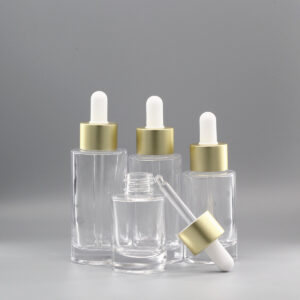
1.2. Electroplating: Electroplating is the abbreviation of electrolytic metal plating. Electroplating is to immerse the plated parts (products) in the potion containing the metal ions to be plated and connect the cathode and place an appropriate anode (soluble or insoluble) on the other end potion. method of layering metal thin films. A simple understanding is the change or combination of physics and chemistry.

The biggest functional advantage of electroplating is that a new and extremely high gloss metal layer can be formed on the surface of both metal and non-metal parts, which directly improves the visual quality of the original parts; improves its electrical, thermal, and corrosion resistance. performance and improve the mechanical strength of its surface.
It mostly suitable for the luxury high end product packaging
1.3. Spray painting: The principle of spraying is to spray compressed air from the center of the air nozzle of the spray gun to form a negative pressure area at the front end of the ink nozzle so that the paint in the ink container is sprayed from the ink nozzle and immediately enters the high-speed compressed air flow so that The liquid-gas phase diffuses rapidly, the ink is micronized, the ink flies to and adheres to the surface of the product in the form of paint mist, and the ink mist particles rapidly gather into a continuous paint film.

Its advantages are: 1. High spraying efficiency, 1~2 square meters can be sprayed per minute. 2. Strong adaptability It is limited by ink varieties and product conditions. 3. Good surface effect The paint film obtained by spraying is smooth and smooth, which can achieve good decoration.
1.4. Frosting: A layer of frosted texture. Chemical frosted glass is essentially a matte acid-etched glass, which is similar to chemical etching and chemical polishing in that both use acid to chemically corrode the glass surface. The main purpose of frosting is to increase the adhesion of the coating, for example: spray matt oil, aluminum powder, and electroplating products. The frosting material itself is highly corrosive, so be sure to clean it after frosting, otherwise, the paint will fall off.

2. Printing Process
2.1. Silk screen printing: The effect after printing is uneven because it is a layer of ink. The regular bottle (cylindrical type) for silk screen printing can be printed at one time; other irregular pieces are charged at one time. The color is also a one-time fee, and it is divided into two types: self-drying ink and UV ink. The self-drying ink is easy to fall off for a long time and can be wiped off with alcohol. The UV ink has obvious bumps and is difficult to wipe off. For screen printing on blank transparent or frosted or sprayed bottles, high-temperature ink should be used, and after coloring, it will be baked at high temperature, which will not fade or scratch.
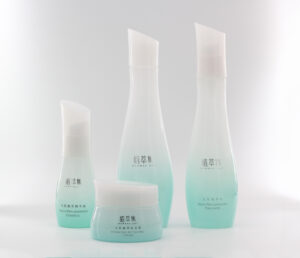
2.2. Hot stamping: It is hot stamping with a thin layer of paper on it. It is a printing decoration process. It heats the metal printing plate, applies foil, and embosses the text patterns of gold, silver, or other colors on the printed matter. It is generally divided into two types: hot stamping and cold stamping; hot stamping: refers to the subsequent process of transferring gold foil to the surface of the substrate through a certain pressure and temperature. Cold stamping: refers to the method of directly using UV printing adhesive on the printing machine to transfer the metal foil to the surface of the substrate. Since no heating is required, it is called ‘cold stamping’.

2.3. Water transfer printing: It is an irregular printing process carried out in the water. The printed lines are inconsistent and the price is more expensive. The item that needs water transfer is gradually approached to the water transfer film along its outline, and the graphic layer will be slowly transferred to the surface of the product under the action of water pressure. Due to the inherent adhesion of the ink layer to the printing material or special coating act to produce adhesion. During the transfer process, the lamination speed of the substrate and the water-coated film should be kept uniform to avoid the wrinkle of the film and unsightly images and texts.
These are the main processes in packaging, I believe that you already have your ideas in your mind, come to reach us and achieve your ideas right now!

